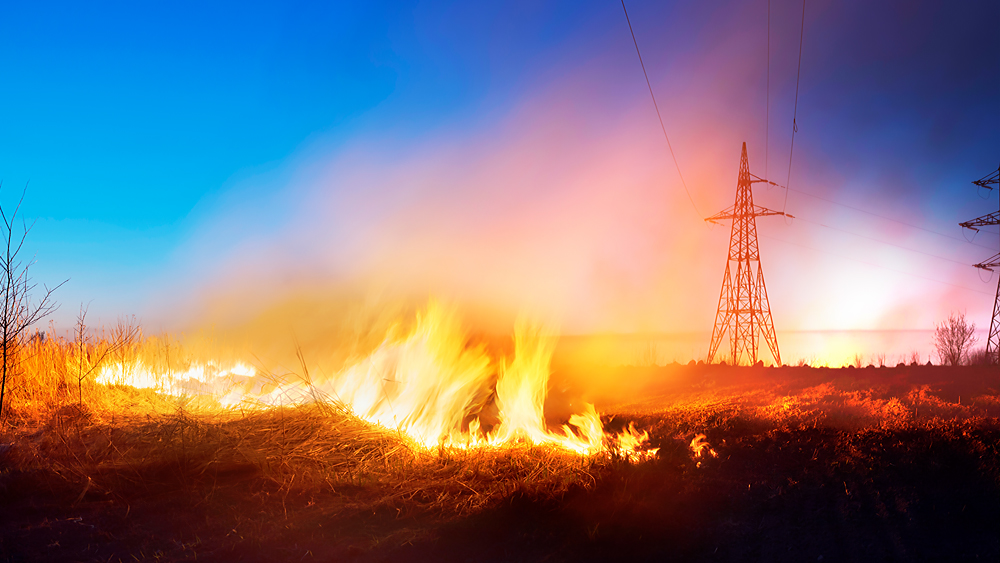
Electrical power outages commonly are caused by falling trees that tear down lines or failures of devices such as clamps, switches, conductors and connectors. The devices can deteriorate over weeks or months, impacting electrical currents in small ways before actual failures — perhaps triggered by adverse weather conditions like high winds.
Utilities representatives have long recognized that something new is needed, given the nation’s aging infrastructure. Distribution Fault Anticipation (DFA), a new technology developed at Texas A&M University by a research team led by Dr. B. Don Russell and Dr. Carl Benner, answers this need.
DFA can help electric utilities keep the lights on and prevent horrific wildfires from spreading across the globe. This one-of-a-kind hardware and software system can diagnose problems on utility lines before outages darken neighborhoods or power failures spark wildfires.
“Utility systems today operate like my 1950s Chevy,” Russell said. “They have some fuses and breakers and things, but they really don’t have anything diagnostic. They don’t have that computer under the hood telling them what’s about to go wrong.”
DFA interprets variations in electrical currents on utility circuits caused by deteriorating equipment. It continuously monitors currents and applies its algorithms to detect and report abnormalities for investigation and repair before they cause outages or fires. Electric power companies have nothing else like it.
Not only does DFA improve reliability and help prevent fires, it could potentially give California utilities a tool to limit preemptive power outages such as those endured by millions of Californians last fall. The utilities turned off the lights based only on dry conditions and weather forecasts.
“Utilities needed a crystal ball, something telling them which circuit is going to start a fire tomorrow because it is already unhealthy,” said Russell, who has also testified before the U.S. Senate Energy and Natural Resources Committee to explain this technology’s advantages. “DFA is that crystal ball.”
Worldwide collaboration
Engineers at Texas A&M developed DFA over 20 years of research and testing at more than a dozen utilities across the nation, including Texas utilities such as Pedernales Electric Cooperative, Mid-South Synergy and Bluebonnet Electric Cooperative. DFA is now being tested by two of California’s biggest utilities, Pacific Gas & Electric and Southern California Edison, where utilities have been linked to some of the most destructive wildfires ever. Texas A&M researchers also are working on tests with utilities in New Zealand, the United Kingdom and Australia.
